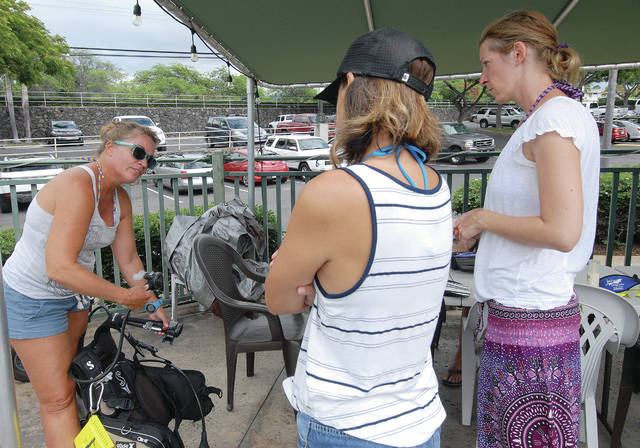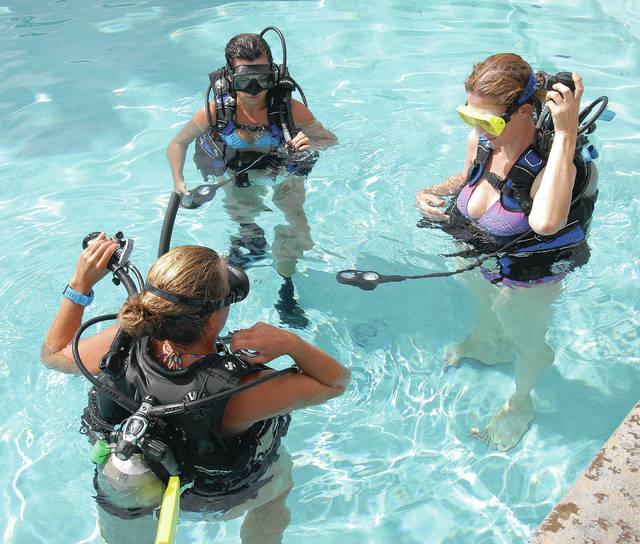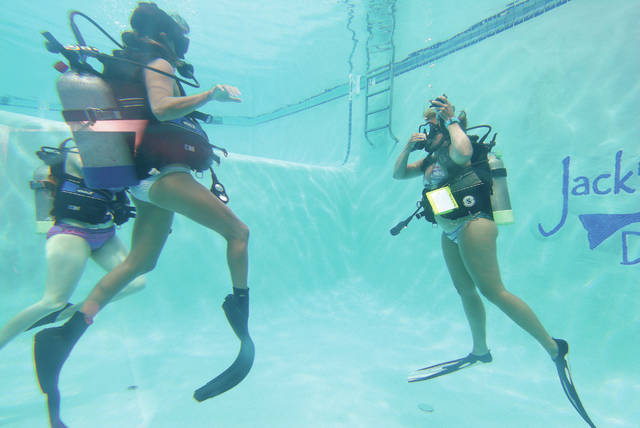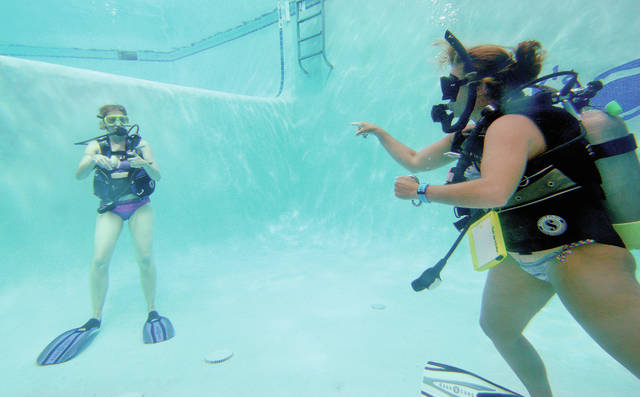Some divers feel uneasy as state’s only hyperbaric chamber inactive
KAILUA-KONA — The state’s only public hyperbaric treatment center capable of treating divers with decompression sickness will remain closed through November.
ADVERTISING
And with the next nearest chamber on Guam and the mainland, officials are hustling to fix the local situation — although a solution hasn’t been established.
The window in which the islands will be without a publicly accessible device used for treating decompression sickness and other ailments is leaving more than a few divers concerned.
“Clearly there’s a huge community of divers here and Oahu and Maui — and I’m going to assume Kauai as well,” said Bo Pardau, a retired dive instructor. “And without a functioning hyperbaric chamber, it just puts us into a terrible situation.”
The University of Hawaii at Manoa announced in a press release on Oct. 20 that the Hyperbaric Treatment Center, the state’s only public facility offering 24-7 treatment for decompression sickness, was out of service “due to unforeseen circumstances.”
Decompression sickness, also known as the bends, is the result of gases like nitrogen forming bubbles in tissue, which can happen as surrounding pressure drops when divers come up to the surface. In the most severe cases, it can be life-threatening.
The treatment center, operated by the university under the John A. Burns School of Medicine and located at Kuakini Medical Center in Honolulu, recorded 57 treatments for 45 divers between the start of July 2016 and the end of this past June.
Since then, the center recorded 17 treatments for seven divers.
It’s not just for treating divers, though. The center has also recorded treatments for non-emergency wound care to 68 patients for a total of 1,057 treatments.
The closure followed news that the last physician wouldn’t be available for full-time emergency services.
Hyperbaric chambers operated by the Navy and National Oceanic and Atmospheric Administration aren’t public, said Dave Pence, diving safety officer for the University of Hawaii, and wouldn’t be available anyway for staffing reasons.
And other smaller chambers wouldn’t be suited for treating decompression sickness, given the pressure needed for treatment and the need to accommodate the patient and an attendant during treatment.
On Friday, the university announced the center would remain closed for diving emergencies through November, saying it will have an update on or by the first of December.
The university “is actively pursuing multiple options to reopen the facility as soon as possible,” the release said, such as recruitment of a new director and physician, contact with private entities specializing in hyperbaric medicine and possible partnerships with local medical centers.
Pence said the nearest options for hyperbaric treatment could be either Guam or the U.S. mainland — both of which are a several-hour flight, which carries its own risks.
“In any direction, it’s a high commercial airplane ride to get there,” Pence said.
Even with the hyberbaric treatment center up and going, Pardau said, if a diver is injured on Hawaii Island, that person still needs to be transported to Oahu on a low-flying plane so that the condition wouldn’t be further exacerbated by a high altitude.
“The mainland’s out of the question,” Pardau said. “It’s the only treatment there is.”
Pardau said area divers already tend to be mindful when out in the water to avoid decompression sickness, but he still stressed how crucial a hyberbaric chamber is for the state.
“We need it,” he said. “Just consider how many tourists come here and go diving. That doesn’t mean that all of them are going to be safe.”
Keller Laros, a professional scuba instructor with more than 12,000 logged dives, said the closure of the chamber “would be a huge blow to the dive community.”
“Just because you wouldn’t be able to treat the instances where people need recompression,” he said.

Featured Jobs
Featured JobsSome divers feel uneasy as state’s only hyperbaric chamber inactive
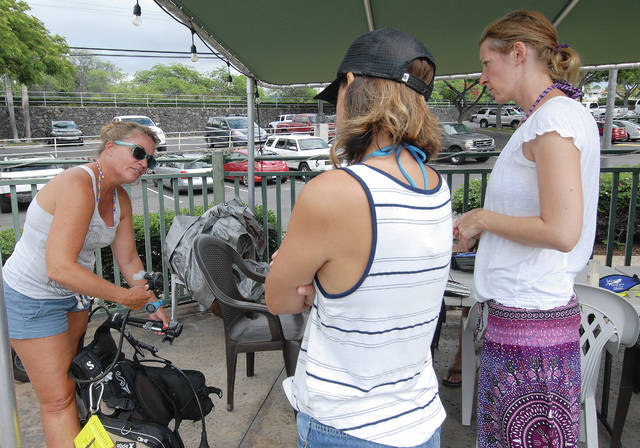
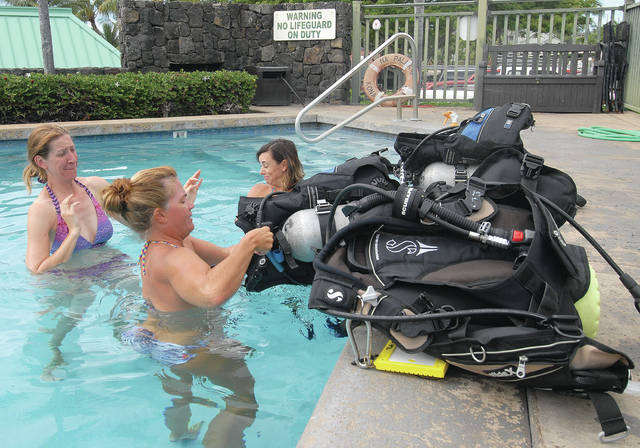
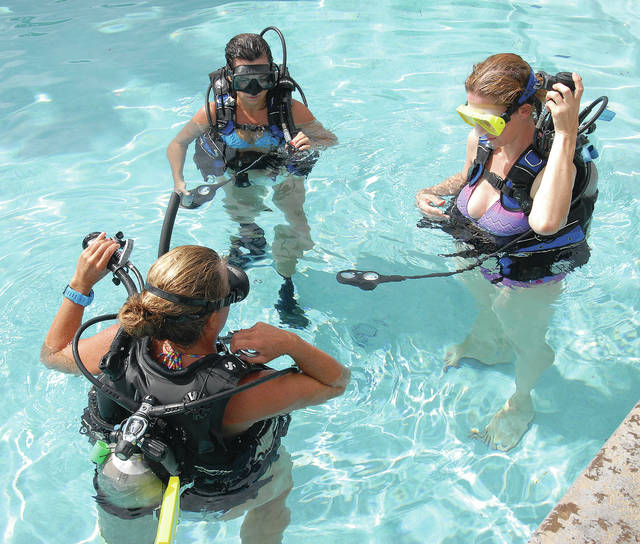
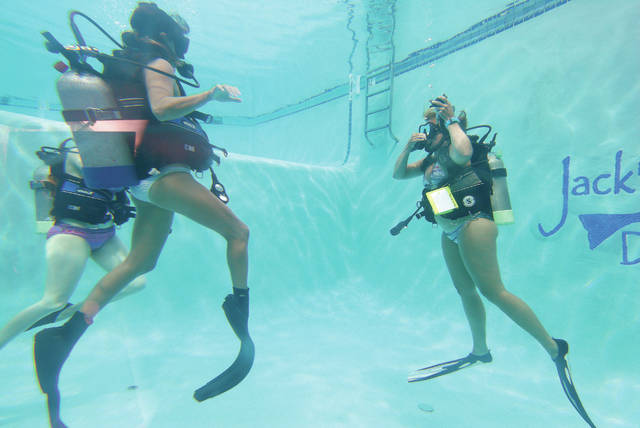
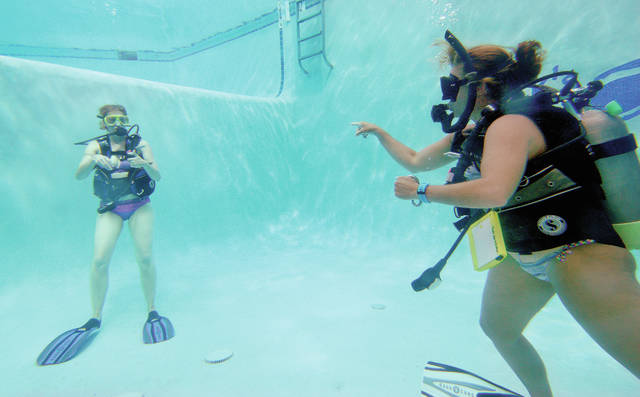
KAILUA-KONA — The state’s only public hyperbaric treatment center capable of treating divers with decompression sickness will remain closed through November.
KAILUA-KONA — The state’s only public hyperbaric treatment center capable of treating divers with decompression sickness will remain closed through November.
And with the next nearest chamber on Guam and the mainland, officials are hustling to fix the local situation — although a solution hasn’t been established.
ADVERTISING
The window in which the islands will be without a publicly accessible device used for treating decompression sickness and other ailments is leaving more than a few divers concerned.
“Clearly there’s a huge community of divers here and Oahu and Maui — and I’m going to assume Kauai as well,” said Bo Pardau, a retired dive instructor. “And without a functioning hyperbaric chamber, it just puts us into a terrible situation.”
The University of Hawaii at Manoa announced in a press release on Oct. 20 that the Hyperbaric Treatment Center, the state’s only public facility offering 24-7 treatment for decompression sickness, was out of service “due to unforeseen circumstances.”
Decompression sickness, also known as the bends, is the result of gases like nitrogen forming bubbles in tissue, which can happen as surrounding pressure drops when divers come up to the surface. In the most severe cases, it can be life-threatening.
The treatment center, operated by the university under the John A. Burns School of Medicine and located at Kuakini Medical Center in Honolulu, recorded 57 treatments for 45 divers between the start of July 2016 and the end of this past June.
Since then, the center recorded 17 treatments for seven divers.
It’s not just for treating divers, though. The center has also recorded treatments for non-emergency wound care to 68 patients for a total of 1,057 treatments.
The closure followed news that the last physician wouldn’t be available for full-time emergency services.
Hyperbaric chambers operated by the Navy and National Oceanic and Atmospheric Administration aren’t public, said Dave Pence, diving safety officer for the University of Hawaii, and wouldn’t be available anyway for staffing reasons.
And other smaller chambers wouldn’t be suited for treating decompression sickness, given the pressure needed for treatment and the need to accommodate the patient and an attendant during treatment.
On Friday, the university announced the center would remain closed for diving emergencies through November, saying it will have an update on or by the first of December.
The university “is actively pursuing multiple options to reopen the facility as soon as possible,” the release said, such as recruitment of a new director and physician, contact with private entities specializing in hyperbaric medicine and possible partnerships with local medical centers.
Pence said the nearest options for hyperbaric treatment could be either Guam or the U.S. mainland — both of which are a several-hour flight, which carries its own risks.
“In any direction, it’s a high commercial airplane ride to get there,” Pence said.
Even with the hyberbaric treatment center up and going, Pardau said, if a diver is injured on Hawaii Island, that person still needs to be transported to Oahu on a low-flying plane so that the condition wouldn’t be further exacerbated by a high altitude.
“The mainland’s out of the question,” Pardau said. “It’s the only treatment there is.”
Pardau said area divers already tend to be mindful when out in the water to avoid decompression sickness, but he still stressed how crucial a hyberbaric chamber is for the state.
“We need it,” he said. “Just consider how many tourists come here and go diving. That doesn’t mean that all of them are going to be safe.”
Keller Laros, a professional scuba instructor with more than 12,000 logged dives, said the closure of the chamber “would be a huge blow to the dive community.”
“Just because you wouldn’t be able to treat the instances where people need recompression,” he said.


